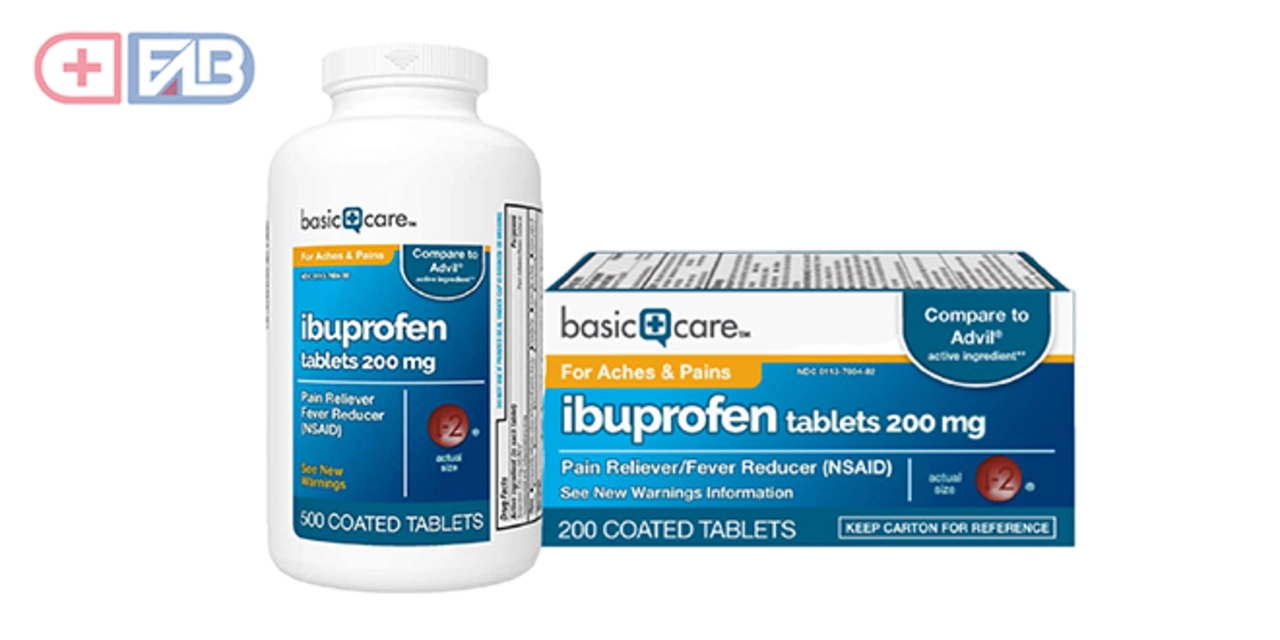Naproxen: what it does and how to use it safely
Need quick relief from pain or swelling? Naproxen is a common NSAID that fights inflammation, eases muscle aches, treats menstrual cramps, and helps arthritis pain. It works by blocking chemicals that cause pain and swelling, but it can also cause problems if used the wrong way. Here's a straightforward guide to using naproxen without surprises.
Quick facts and practical dosing
Over-the-counter naproxen sodium commonly comes as 220 mg (brands like Aleve). The usual OTC instruction: take one tablet every 8–12 hours, you may take two tablets for the first dose, and do not exceed three tablets (660 mg) in 24 hours unless directed by a doctor.
Prescription naproxen comes in higher strengths (250–500 mg). Typical prescription dosing is 250–500 mg twice daily depending on the problem. Many prescribers cap daily doses near 1,500 mg, but you should follow your doctor's exact directions.
Take naproxen with food or milk to reduce stomach upset. Use the lowest effective dose for the shortest time needed to control symptoms.
Side effects, risks, and interactions
Common side effects are stomach pain, heartburn, bloating, and headache. More serious risks include stomach ulcers, bleeding, kidney damage, and higher risk of heart attack or stroke with long-term use or high doses.
Avoid naproxen if you have active stomach ulcers, severe heart failure, or advanced kidney disease, and during the third trimester of pregnancy. If you take blood thinners, SSRIs, lithium, methotrexate, ACE inhibitors, or certain diuretics, talk to your doctor first—naproxen can interact and change how those drugs work.
Watch for warning signs: black or tarry stools, vomiting blood, severe stomach pain, sudden chest pain, shortness of breath, sudden weakness, or swelling in the legs. If any of these happen, stop the drug and get medical help.
If you're using low-dose aspirin daily for heart protection, check with your clinician: naproxen can reduce aspirin's protective effect if timed poorly. Your doctor can recommend the best schedule or an alternative.
Can't take NSAIDs? Consider acetaminophen for simple pain relief (it won’t reduce inflammation), topical NSAID gels for joint pain, or non-drug options like ice, heat, exercise, and physical therapy. For chronic conditions, your provider may suggest different anti-inflammatory or disease-specific treatments.
Buying naproxen online: use licensed pharmacies, look for verification seals, and avoid sites that sell prescription-strength products without a prescription. For higher doses or chronic use, get a proper medical assessment rather than self-medicating.
Final tip: if pain or fever lasts more than a few days or keeps coming back, get checked. Naproxen helps many people, but the right dose, timing, and medical guidance matter more than popping pills on your own.





